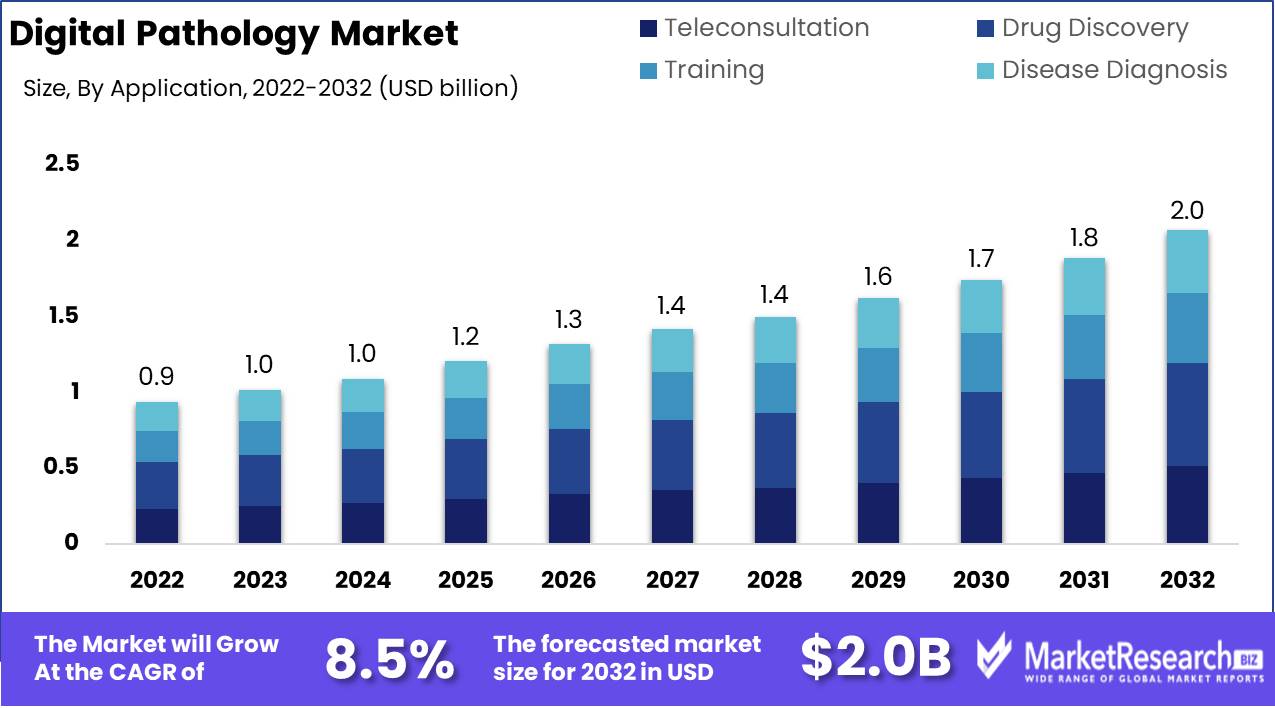Embracing the Future of Healthcare: The Rise of Digital Pathology
Introduction
In recent years, the field of digital pathology has been revolutionizing the way we diagnose and treat diseases. With the global digital pathology market set to surpass USD 2.0 billion by 2032, driven by technological advancements in digital imaging, it is clear that this innovative approach to healthcare is here to stay.
Key Factors Driving the Digital Pathology Market
Several key factors are propelling the rapid growth of the digital pathology market. One such factor is the rising prevalence of chronic diseases worldwide. With conditions such as cancer, cardiovascular disease, and diabetes on the rise, there is an increasing demand for accurate and timely diagnostic tools.
Technological advancements are also playing a significant role in driving the adoption of digital pathology. Improvements in imaging technology, such as whole slide imaging, have made it possible to digitize tissue samples and analyze them with greater precision than ever before.
Furthermore, there is a growing focus on early detection and personalized care in healthcare. Digital pathology enables pathologists to detect diseases at an earlier stage, leading to better outcomes for patients. Additionally, the ability to tailor treatments to individual patients based on their unique genetic makeup is revolutionizing the field of precision medicine.
How Will This Impact Me?
As a consumer of healthcare services, the rise of digital pathology means that you can expect more accurate and timely diagnoses in the future. This will lead to better treatment outcomes and improved quality of care for patients. Additionally, the shift towards personalized medicine means that treatments will be tailored to your specific needs, increasing the likelihood of successful outcomes.
How Will This Impact the World?
On a larger scale, the widespread adoption of digital pathology has the potential to transform healthcare systems around the world. By improving diagnostic accuracy and efficiency, digital pathology can help reduce healthcare costs and improve patient outcomes. It also has the potential to bridge the gap in access to healthcare services, especially in remote or underserved areas.
Conclusion
The future of healthcare lies in digital pathology, with technological advancements driving unprecedented growth in the field. As we continue to embrace these innovations, we can expect to see significant improvements in diagnostic accuracy, treatment outcomes, and the overall quality of care for patients worldwide.





